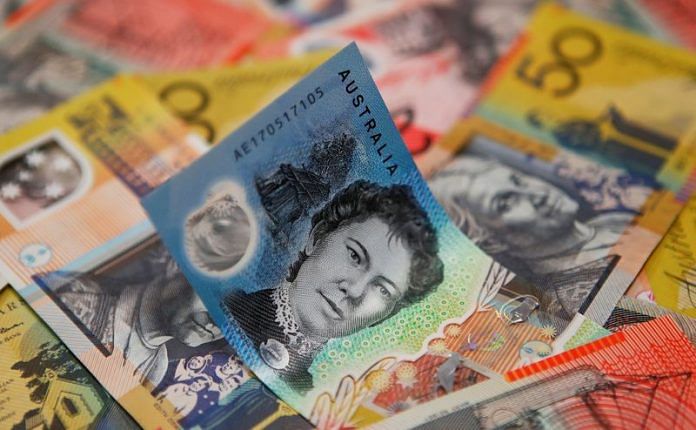By Rae Wee and Linda Pasquini
LONDON/SINGAPORE (Reuters) -The yen lost ground to major currencies on Wednesday, while the yuan hit its strongest level in over a year, as China’s aggressive stimulus package provided the latest shot in the arm for risk appetite.
Meanwhile, the U.S. dollar steadied to near 14-month lows against a basket of peers, but managed to regain some ground against the now often-volatile yen.
The dollar gained 0.78% to 144.34 yen, while the euro rose 0.87% against the Japanese currency. Sterling and Australian dollar gained over half a percentage point each.
Nordea Bank chief analyst Niels Christensen pointed to the good risk sentiment in Asia following China’s new measures as the reason behind a weaker yen.
The measures had a positive impact on Chinese and Asian equities overall, Christensen noted, with investors moving into riskier asset classes and borrowing in yen, where interest rates are low, to carry out these investments.
China’s stimulus contributed to a stronger euro in the session, with its resilience partly driven by a perception that a better outlook for Chinese demand could feed its way back through into Germany and through into Europe, said Jane Foley, senior forex strategist at Rabobank.
Despite weak German economic data and concerns surrounding the French budget, the euro has held up “extremely well” against the dollar this week, she said.
The euro gained 0.06% to $1.1187, moving back towards a 13-month peak of $1.1201 hit in August.
The Australian and New Zealand dollars backtracked after reaching multi-month peaks earlier in the session as China’s stimulus was seen as a good sign for the countries’ exports.
Data on Wednesday showed Australian domestic consumer prices slowed to a three-year low in August, while core inflation hit its lowest since early 2022, weighing on the Aussie which traded at $0.68715 after peaking at $0.6908 in the early Asian session, its highest since February 2023.
The kiwi rose to a nine-month top of $0.63555, before declining to $0.6314.
Markets globally were basking in the afterglow of China’s latest slew of support measures announced on Tuesday ranging from outsized rate cuts to aid for its stock market.
In line with its broad easing measures, the People’s Bank of China on Wednesday also lowered the cost of its medium-term loans to banks to 2.00% from 2.30%.
The onshore yuan rose to a 16-month top of 7.0012 per dollar while its offshore unit briefly strengthened past the key psychological level of 7 per dollar and peaked at 6.9952 per dollar.
“The momentum forward for the yuan should take cues from China’s equity markets as a proxy for sentiment,” said Christopher Wong, a currency strategist at OCBC.
Elsewhere, sterling retreated 0.3% to $1.3369 from an earlier peak to March 2022 levels, as investors turned their focus to next month’s UK budget and the potential tax hikes it may include, despite less aggressive expectations of rate cuts from the Bank of England this year as compared to the Federal Reserve.
Markets are now pricing in a 59.1% chance of a 50-basis-point rate cut at the Fed’s next policy meeting, up from just 37% a week ago, according to the CME FedWatch tool.
Against a basket of currencies, the dollar was up 0.2% at 100.45.
The dollar index fell more than 0.5% in the previous session, its largest one-day percentage fall in a month.
Meanwhile, the Swedish crown was little changed at 10.1028 crowns per dollar, after Sweden’s central bank cut its key interest rate to 3.25% from 3.50%, as expected.
“Despite the more dovish tone by the Riksbank, SEK did not drop after the announcement,” analysts at ING said.
“It appears that the FX market isn’t as focused on domestic rates as it is the growth story at this stage.”
(Reporting by Rae Wee and Linda Pasquini; Editing by Jamie Freed, Christina Fincher and Shreya Biswas)
Disclaimer: This report is auto generated from the Reuters news service. ThePrint holds no responsibilty for its content.






